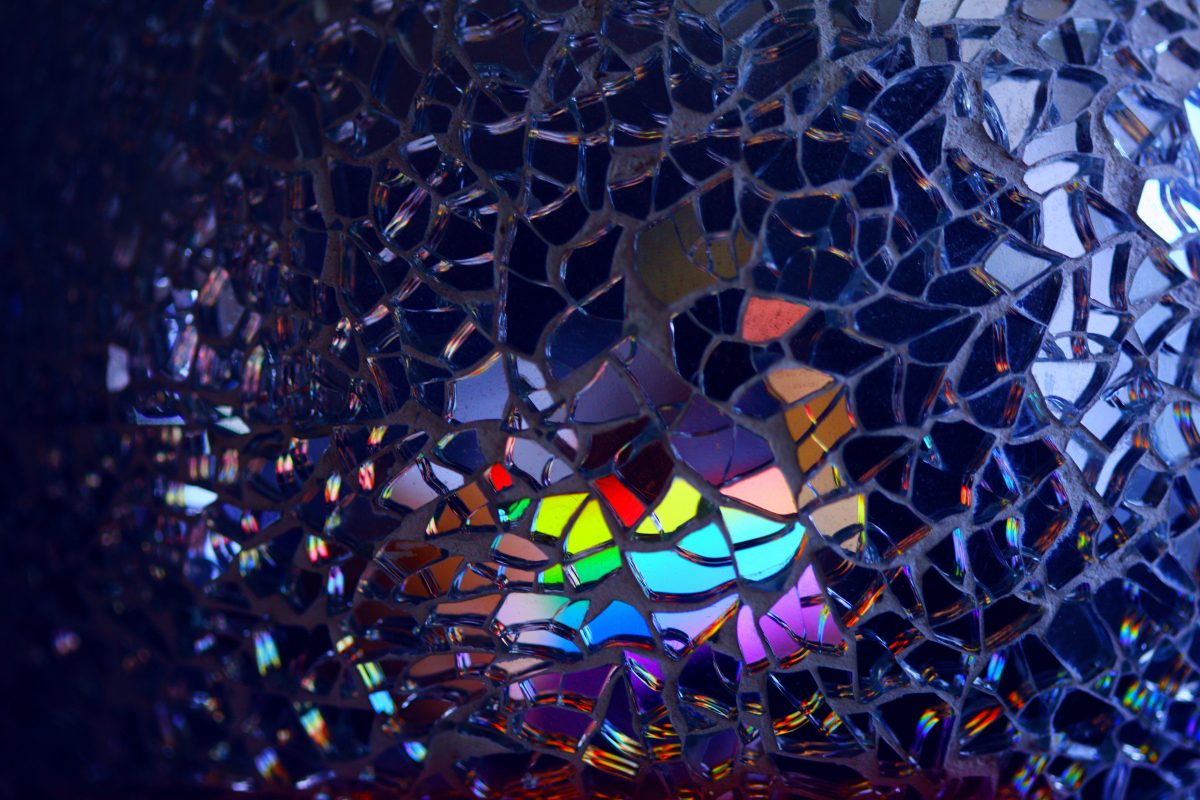If you live in the city, you’d most likely see glass everywhere. It makes up our windows, screens, glasses, and other items. It is sand that is melted using extreme heat and formed into almost any shape or form.
The color and quality depends on the process and the type of sand that you use. Because of its components, it can withstand the effects of rain and sun without much impact to its appearance or durability. It also doesn’t rust and is easy to clean because dust particles don’t cling to its surface–unless the item has a textured design. It’s because of these properties that makes glass an invaluable material for building and decor.
When did we start using it?
We used natural glass dating back to the stone age. It is really pretty, and can be used for trade or decor. Because it is also sharp when cut or broken, it was also used as weapons like the end of a spear or arrow. Glassmaking is said to have started in Mesopotamia over 3,000 years ago where they used it for beads, amulets, amongst other items. Other old artifacts made of glass were also found in Egypt, dating back to 2000 B.C. Evidence found that it was by 1200 B.C. when the Egyptians started to use molds for glass work.
How is it made?
In ancient times, it was said that they primarily used obsidian in making glass, which makes a black volcanic type of glass, or sand quartz, mixed with nitrate or other chemicals. These combinations were cooked in clay containers until they formed a molten ball. This substance was then cooled, crushed, and colored with dyes. Today, the process of making it stayed relatively the same. With developments in technology, and access to recycled glass, several types of sand and recycled glass are combined to make new glass. These raw ingredients are put into a furnace and melted to make molten glass at roughly 1500°C.


